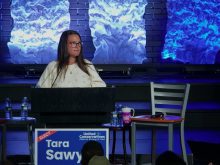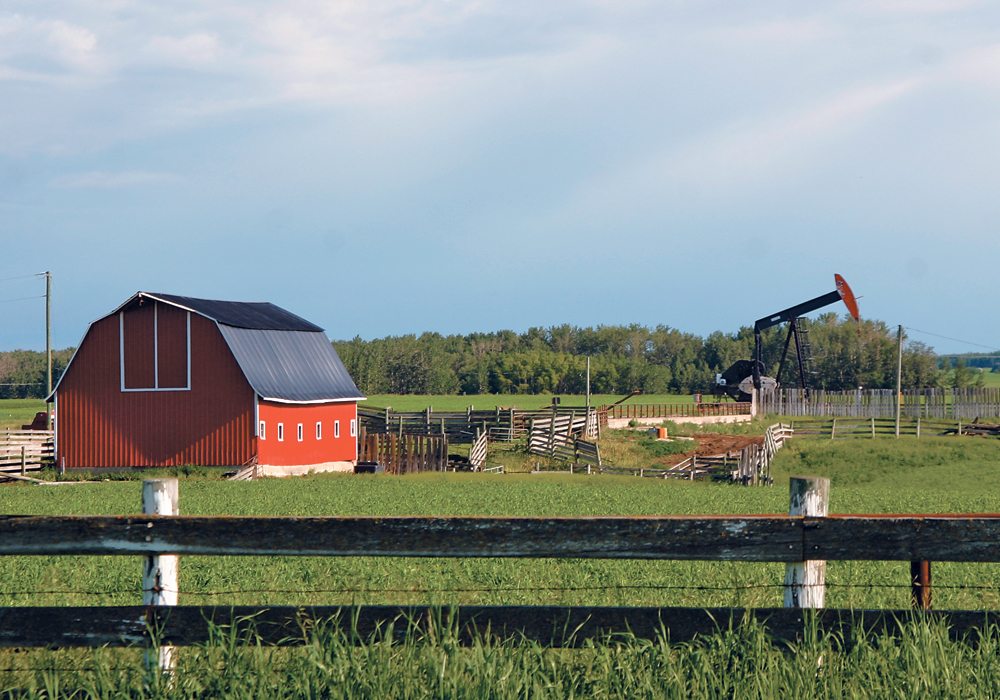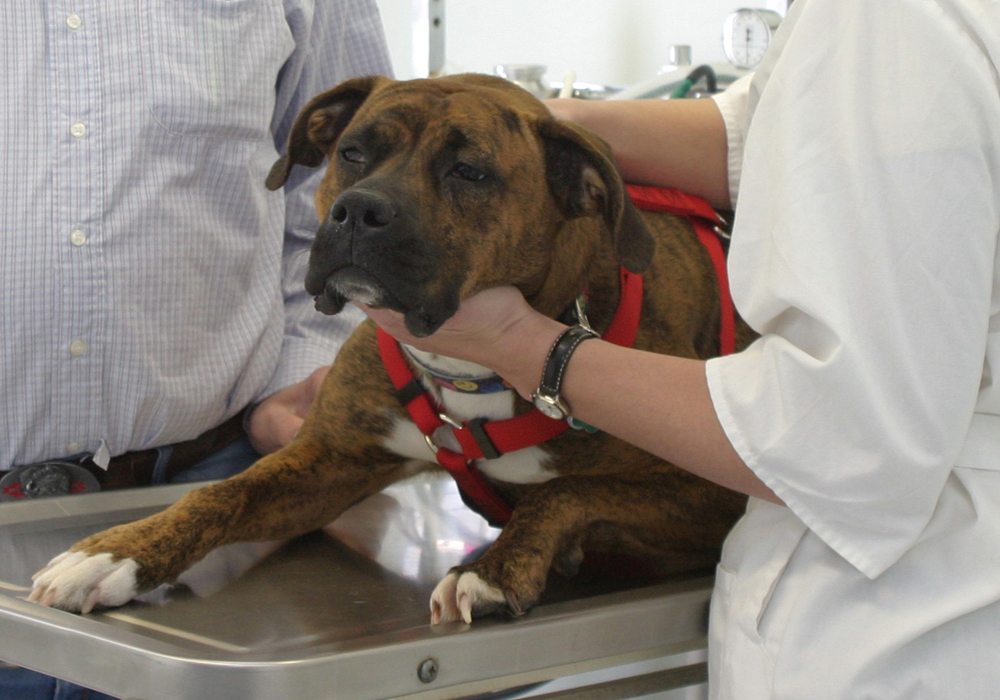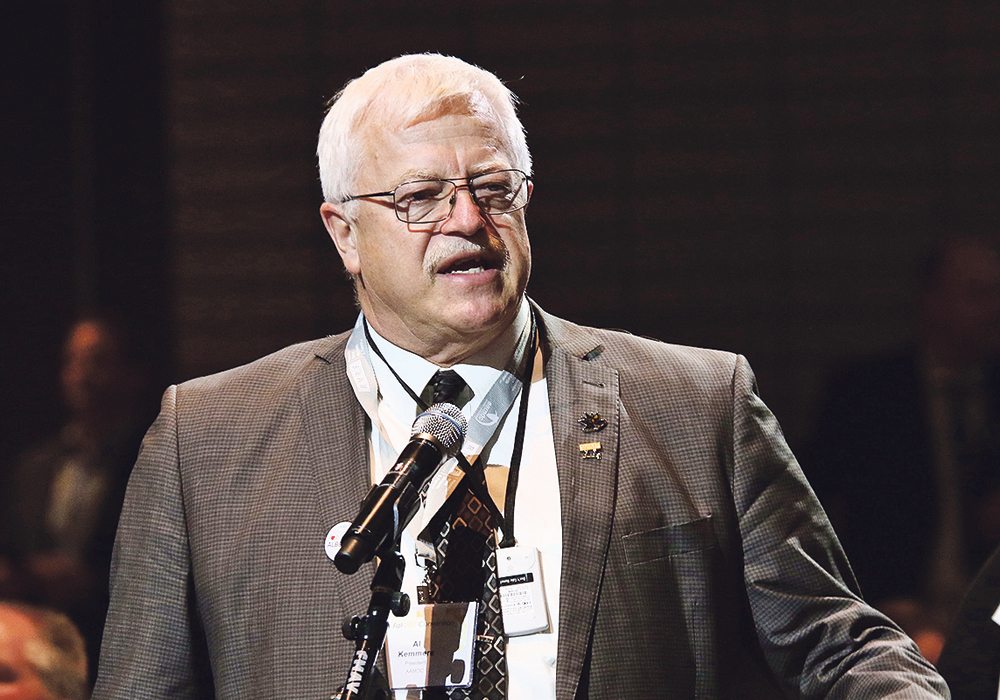Agriculture can be part of the climate change solution, say Alberta farmers, and they want to tell their good news story during a provincial government consultation process.
The government has appointed an advisory panel that will review the province’s climate change policy and consult with Albertans on how the government can play a role in reducing greenhouse gas emissions.
Alberta often gets a bad rap as a large greenhouse gas emitter because of its oil and gas industry, but agriculture is often the forgotten good news story, said Rich Smith, executive director of Alberta Beef Producers.
Read Also

Farming Smarter receives financial boost from Alberta government for potato research
Farming Smarter near Lethbridge got a boost to its research equipment, thanks to the Alberta government’s increase in funding for research associations.
“The key is to make sure agriculture is recognized for its positive parts,” said Smith, who plans to take part in an agriculture industry session on climate change in September.
Smith said producers plan to promote agriculture’s contribution to reducing greenhouse gas emissions, mainly its ability to sequester carbon, especially in hay and grassland.
“We want to promote grass as a valuable contribution to reducing greenhouse gas emission,” he said.
The discussion document released in mid-August recognized that agriculture and forestry are emission sources as well as sink opportunities for emission sequestration.
It said agriculture is the third largest contributor to global emissions and identified methane from livestock and emissions from fertilizer, manure and tillage practices as large polluters.
According to the document, the agriculture industry produced 22 megatonnes of emissions in 2013, or eight percent of provincial emissions, while forestry, which includes pulp and paper, and municipal waste, accounted for three megatonnes, or one percent of provincial emissions.
Agriculture, forestry and waste are grouped together because their emission reductions are driven voluntarily through the ability to generate and sell carbon offset credits.
However, it also said the province’s 136 million acres of managed forestry and agriculture land provide opportunities for emission reductions.
Ward Toma, general manager of the Alberta Canola Producers Commission, said his organization will also provide input on the value of agriculture.
“We will emphasize min till and zero till and the positive aspects of agriculture,” said Toma.
“The opportunity for a carbon sink in agriculture is huge.”
Toma said he wants to emphasize the opportunities, including increased biofuel use.
Bryan Walton, chief executive officer of the Alberta Cattle Feeders Association, said his organization doesn’t plan to make a formal presentation to the government, but it wants to participate to get a better understanding of the direction in which the panel is heading.
“We would like to know where the government’s head is at.”
Walton said the association wants to tell how modern production technology reduces the number of days on feed and leads to less use of natural resources, how the industry has improved nutrient management techniques and how manure can improve soil quality and health.
Contact mary.macarthur@producer.com
















